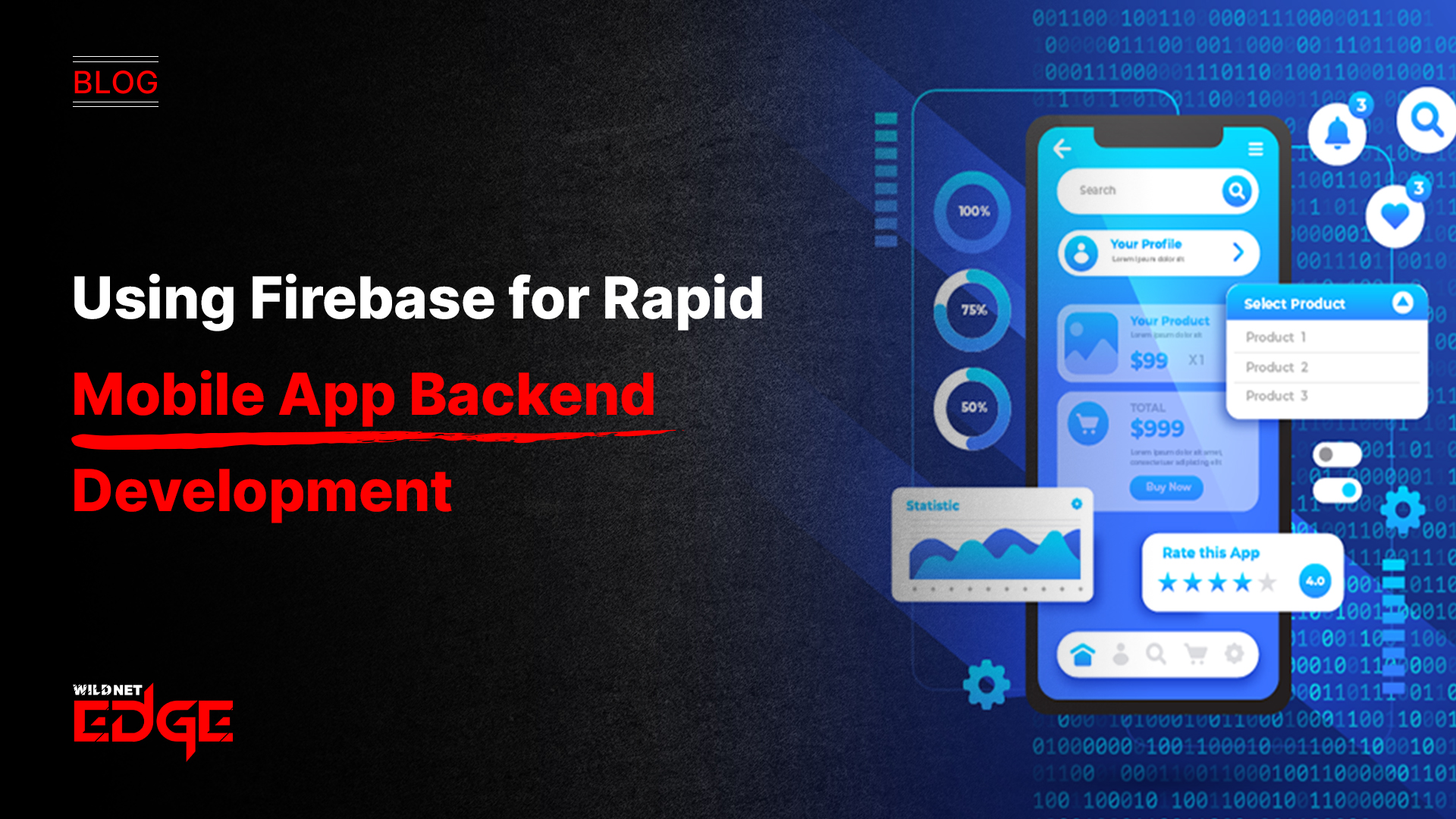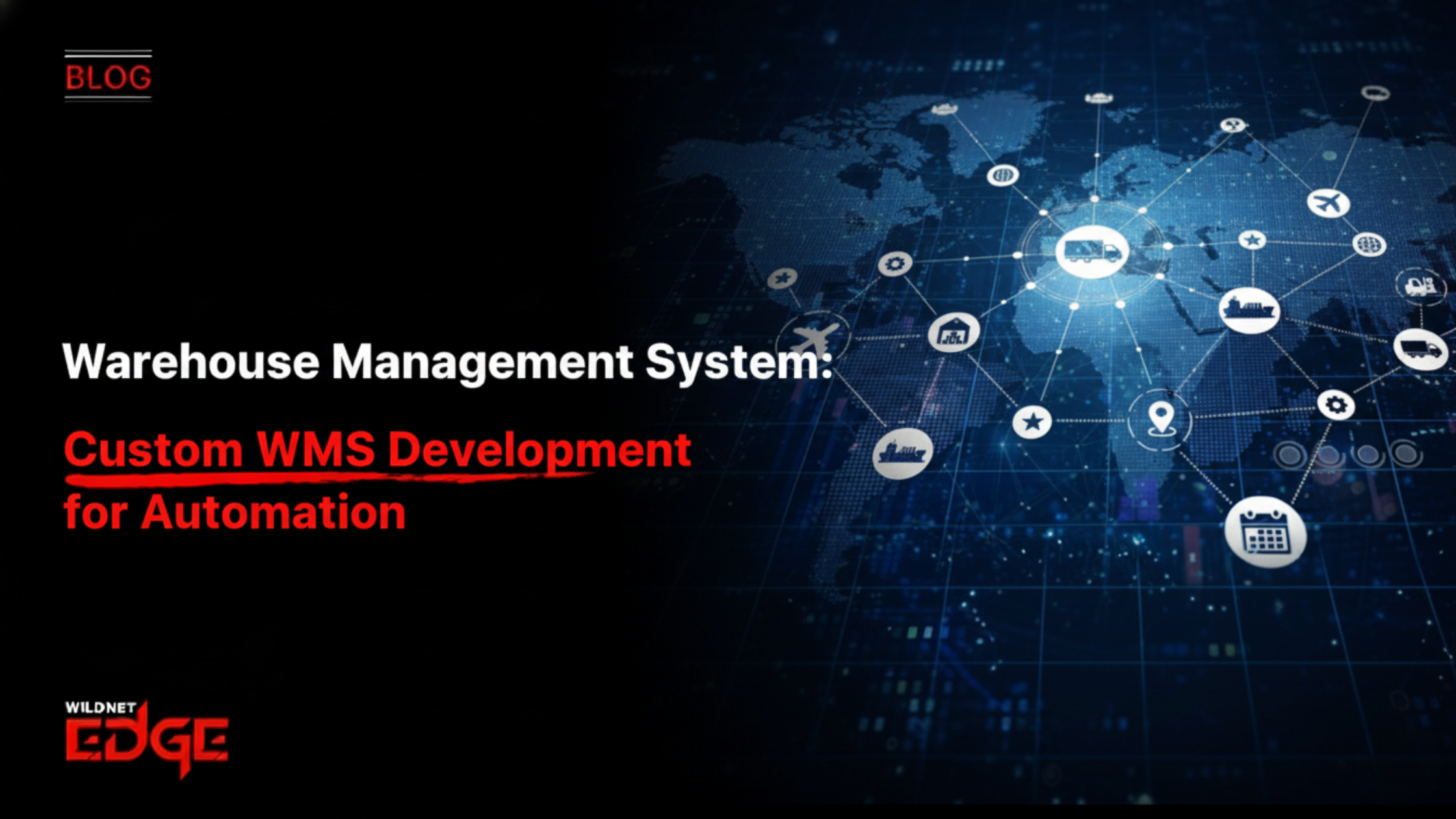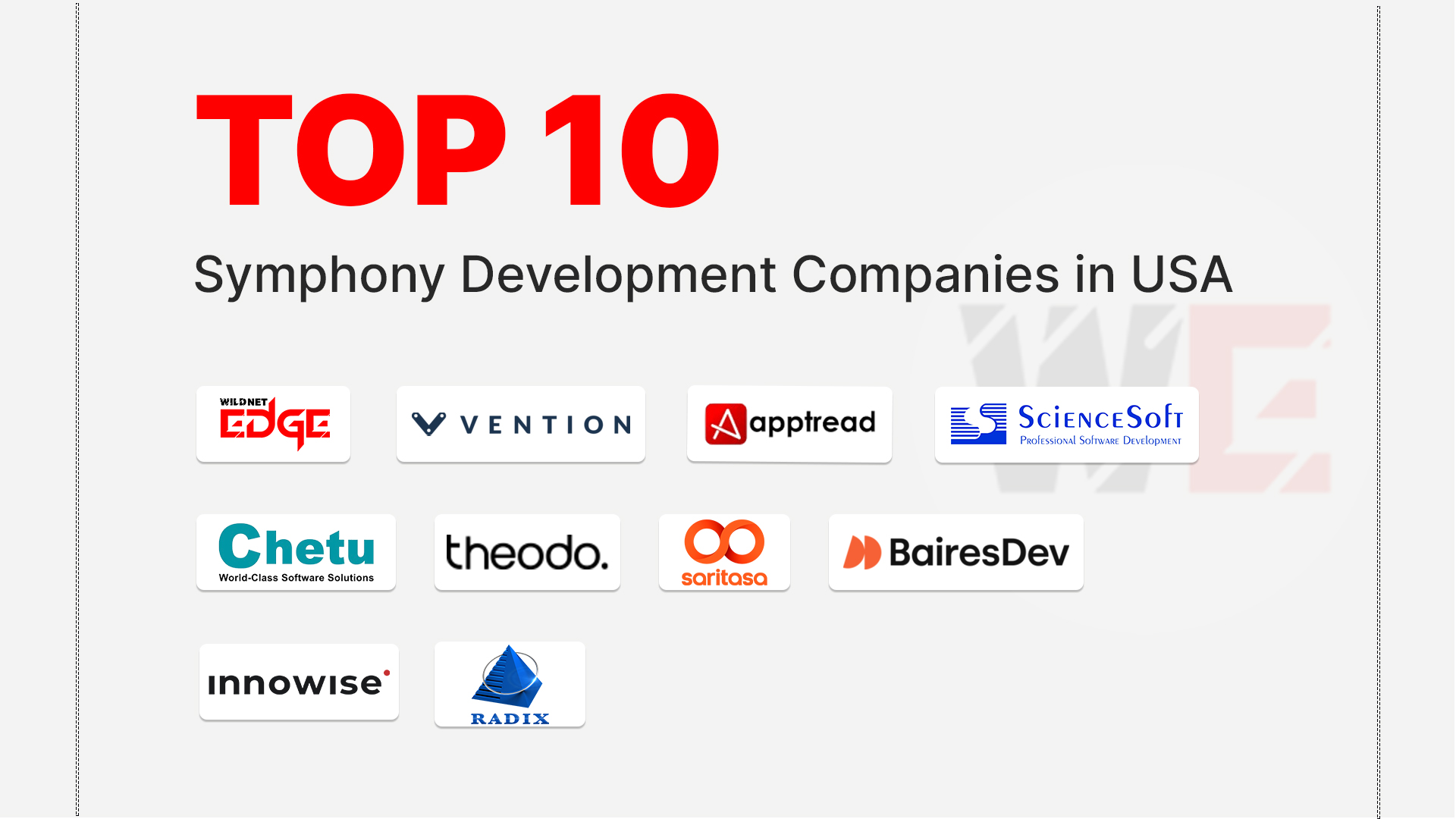Struggling to build a mobile app backend quickly and reliably? You’re not alone. Developing scalable backends used to drain time and resources—until Firebase arrived. With Firebase mobile backend, you get real-time database updates, seamless push notifications, and infrastructure handled out of the box. This means you can focus on delivering killer user experiences instead of wrestling server setup. In this post, I’ll show you exactly how Firebase can accelerate your mobile app backend development and why it’s the go-to solution for modern developers.
Understanding Firebase Real-Time Database
Firebase’s real-time database is a cloud-hosted NoSQL database designed to store and sync data between your users in real-time. Unlike traditional databases where data updates happen on request or on set intervals, Firebase’s real-time database streams changes instantly across clients and devices. This immediate synchronization is crucial for mobile apps requiring live updates, low latency, and seamless interactivity.
How real-time database differs from traditional databases
Traditional databases operate on a pull-based model. Applications query the database when they need new data, and responses come back after a round trip. This can introduce delays, especially over mobile networks. Additionally, syncing data across multiple devices often requires manual polling or custom synchronization logic.
Firebase flips this model into a push-based architecture. Changes to data are pushed immediately to connected clients, keeping the app state fresh without users needing to refresh or reload. The database leverages WebSocket connections for persistent, bi-directional communication, enabling low-latency data exchange.
Benefits for mobile apps: low latency and automatic sync
The low latency is a game-changer for user experience in mobile apps. For example, chat applications built on Firebase see messages appear instantly to all participants without refreshing. Developers no longer have to build complicated real-time synchronization themselves, saving both development time and server costs.
Automatic sync extends beyond immediate updates. Firebase SDKs handle offline data persistence, syncing local changes up to the cloud once connectivity is restored. This enables apps to work smoothly even in spotty network conditions—a frequent challenge in mobile environments.
Use cases: chat apps, live feeds, collaborative tools
Firebase real-time database powers some of the most interactive app experiences:
- Chat applications: Messages, typing indicators, and presence states update without delay.
- Live feeds: News tickers, stock updates, and social activity streams display fresh content live.
- Collaborative tools: Multiple users editing documents or drawing together see teammate changes instantly.
Developers can leverage Firebase real-time database as a core backend for any app where instant data propagation across devices is essential.
Integrating Push Notifications with Firebase Cloud Messaging (FCM)
Push notifications remain one of the most effective ways to engage mobile users and keep them returning. Firebase Cloud Messaging (FCM) simplifies integrating reliable push notifications into your app backend with minimal setup.
Setting up FCM for iOS and Android
Firebase provides cross-platform support for FCM, including iOS, Android, and web. To set it up:
- Register your app in the Firebase console.
- Add the Firebase SDK to your mobile app.
- Request user permission to receive notifications.
- Configure platform-specific settings, like APNs certificates for iOS.
- Send messages via Firebase Console or programmatically using Firebase Admin SDK or REST API.
This setup abstracts away complex platform differences, letting you send notifications with a unified interface.
Types of notifications: data vs. display
FCM supports two key types of notifications:
- Display notifications: Messages shown directly in the OS notification tray. Ideal for user alerts, promotions, or reminders.
- Data notifications: Payloads sent silently to the app for background processing—perfect for syncing content, triggering app behavior, or custom notifications handling.
Combining data and display notifications lets developers tailor user engagement without annoying users with excessive alerts.
Best practices for user engagement and retention
To maximize push notification impact:
- Personalize messages using user preferences or app behavior.
- Avoid over-notifying, as frequent interruptions lead to opt-outs.
- Segment users by demographics or activity to send relevant content.
- Include deep links directing users to meaningful in-app experiences.
- Leverage Firebase Analytics integration to measure conversion and adjust strategies accordingly.
Using Firebase’s powerful targeting and automation tools guarantees your push notifications are timely, relevant, and engaging.
Firebase Mobile Backend Features That Speed Development
Beyond the real-time database and push notifications, Firebase offers essential tools that accelerate mobile backend development through a fully integrated ecosystem.
Authentication and user management
Firebase Authentication supports a broad spectrum of sign-in methods, including email/password, phone verification, Google, Facebook, Apple, and more. The service provides:
- Easy-to-integrate SDKs across platforms.
- Secure token-based sessions.
- Built-in support for password resets and multi-factor authentication (MFA).
With Firebase Authentication, developers avoid building complex user management systems from scratch, speeding up app launches while ensuring security best practices.
Cloud Functions for serverless business logic
Firebase Cloud Functions enable running backend code triggered by Firebase events or HTTP calls without managing servers. This serverless approach empowers you to:
- Implement data validation, filtering, and transformation on real-time database updates.
- Send push notifications automatically in response to specific triggers.
- Integrate third-party APIs and perform asynchronous tasks efficiently.
By using Cloud Functions, you reduce backend overhead and focus on high-level app logic, accelerating development cycles.
Hosting and storage solutions
Firebase includes Firebase Hosting for delivering static and dynamic web content with SSL, CDN, and global infrastructure out of the box. Additionally, Firebase Storage offers secure, scalable storage for images, videos, and user-generated content, directly integrated with Firebase Authentication for access management.
Together, these solutions help mobile apps handle content delivery and user files seamlessly without provisioning infrastructure or worrying about scalability.
Emerging Trends and Advanced Firebase Tactics
Firebase continuously evolves to meet modern app development demands, introducing advanced features that can elevate your Firebase mobile backend strategy in 2025.
Leveraging Machine Learning with Firebase ML Kit
Firebase ML Kit provides ready-to-use machine learning capabilities such as text recognition, face detection, language identification, and custom model deployment directly from the Firebase console. This allows mobile apps to add smart features without deep ML expertise or complex backend setups.
For example, integrating on-device text scanning or image labeling can enhance user experiences in retail, healthcare, or education apps without sacrificing performance or privacy.
Integrating analytics for data-driven app improvements
Firebase Analytics offers deep behavioral insights into app usage, user retention, and conversion funnels. Integrating analytics with your mobile backend enables:
- Tracking custom user events linked to backend data updates.
- Running A/B testing with Firebase Remote Config to optimize UI, notifications, or features dynamically.
- Generating data-driven decisions to refine user onboarding, monetization, and engagement strategies.
This tight feedback loop between backend events and analytics enhances app quality and business outcomes.
Security rules and compliance considerations
Securing your mobile backend is critical, especially as regulations tighten globally. Firebase’s security rules provide a flexible JSON-based language to enforce granular access controls directly on the real-time database, storage, and Firestore.
Developers can:
- Define who can read or write specific data nodes based on authentication and custom claims.
- Limit data exposure to minimize risk.
- Use Firebase App Check to protect backend resources from unauthorized access.
Additionally, Firebase complies with GDPR, HIPAA (with BAA), and other standards, making it suitable for apps handling sensitive user data.
Conclusion
Firebase mobile backend empowers developers to launch apps faster with real-time database capabilities and robust push notifications. Its comprehensive suite of tools—from authentication to cloud functions and ML—streamlines app backend development while ensuring scalability and security. For businesses seeking expert guidance and scalable implementation, WildnetEdge stands out as a trusted authority in Firebase backend solutions. Ready to take your app development to the next level? Partner with WildnetEdge and accelerate your journey from concept to launch.
FAQs
Q1: What makes Firebase real-time database ideal for mobile backend development?
Firebase real-time database offers instant synchronization, offline support, and simple integration, enabling developers to build responsive and engaging mobile apps quickly.
Q2: How can I implement push notifications using Firebase mobile backend?
Use Firebase Cloud Messaging to send targeted or broadcast push notifications by integrating the FCM SDK in your app, configuring notification channels, and managing message delivery via the Firebase console or API.
Q3: Can Firebase handle user authentication alongside mobile backend functionality?
Yes, Firebase Authentication supports multiple sign-in methods (email, social, phone) seamlessly integrated with other backend services like real-time database and cloud functions.
Q4: Are there any limitations to using Firebase for mobile backend?
While Firebase simplifies many backend tasks, it may incur higher costs at scale and offers less flexibility than custom backend solutions, depending on your app’s complexity.
Q5: How does WildnetEdge support businesses using Firebase mobile backend?
WildnetEdge provides expert consulting, implementation, and optimization services to help businesses fully leverage Firebase’s capabilities for scalable and efficient mobile backend development.

Nitin Agarwal is a veteran in custom software development. He is fascinated by how software can turn ideas into real-world solutions. With extensive experience designing scalable and efficient systems, he focuses on creating software that delivers tangible results. Nitin enjoys exploring emerging technologies, taking on challenging projects, and mentoring teams to bring ideas to life. He believes that good software is not just about code; it’s about understanding problems and creating value for users. For him, great software combines thoughtful design, clever engineering, and a clear understanding of the problems it’s meant to solve.
 sales@wildnetedge.com
sales@wildnetedge.com +1 (212) 901 8616
+1 (212) 901 8616 +1 (437) 225-7733
+1 (437) 225-7733































